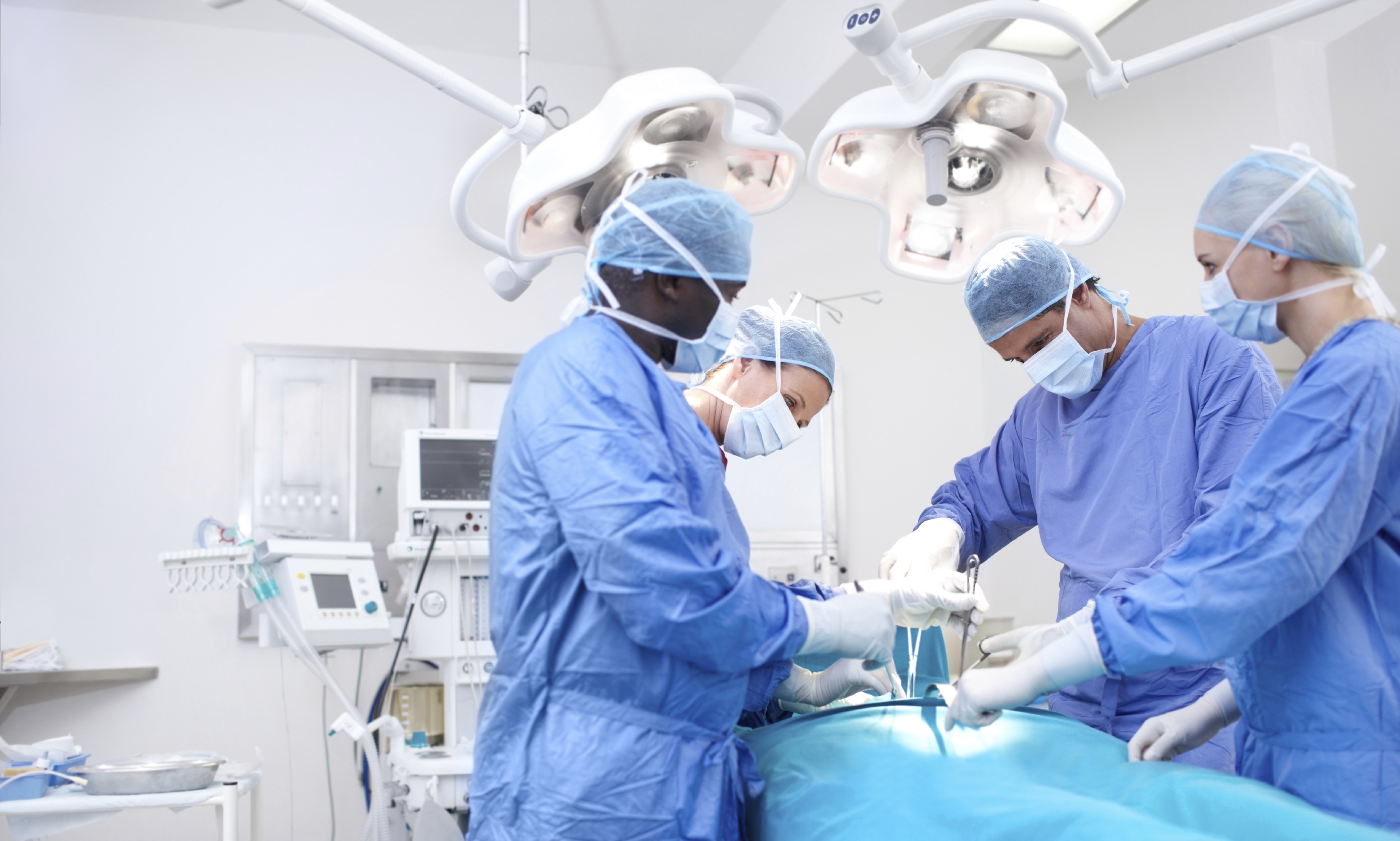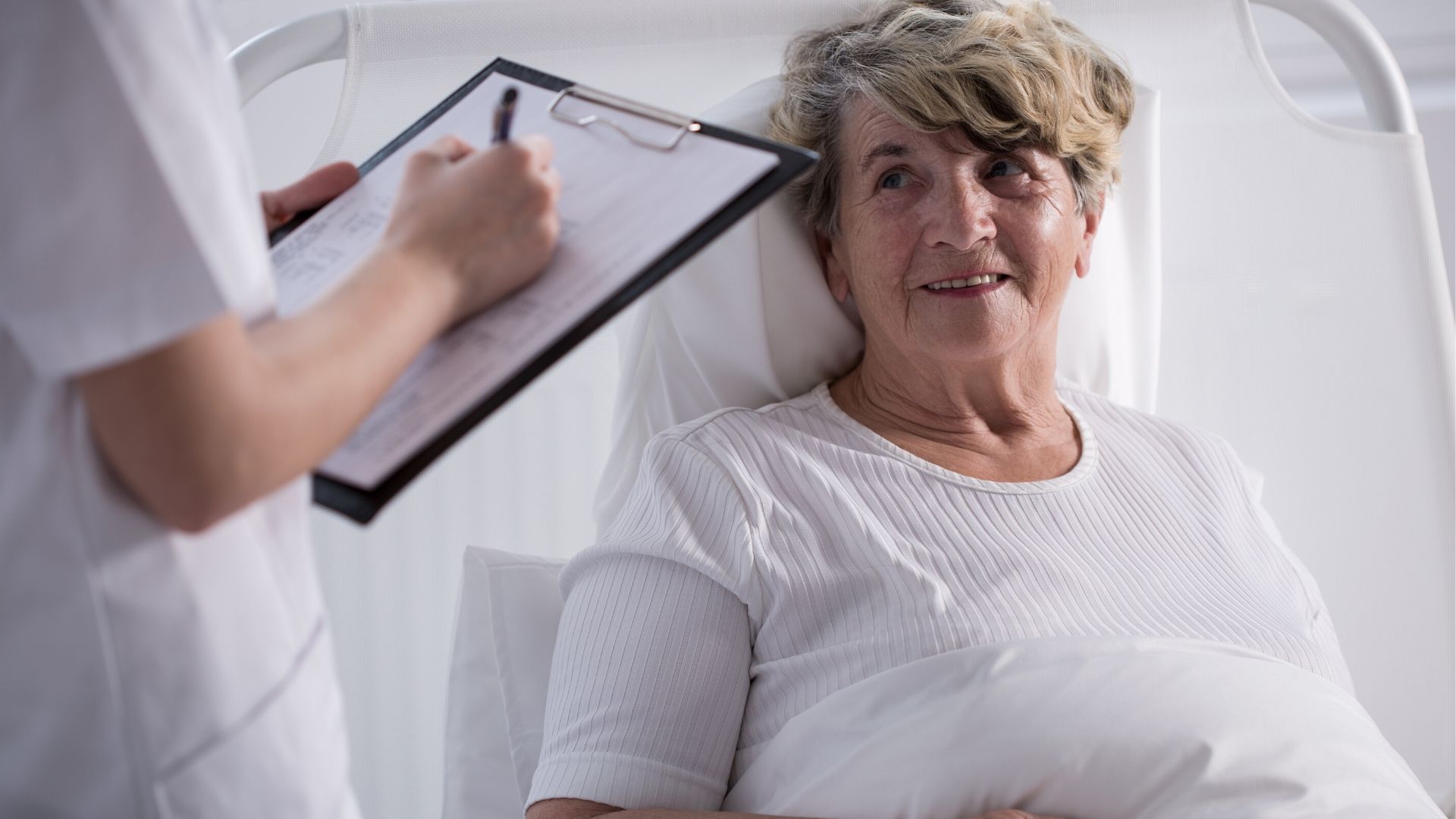How is non-melanoma skin cancer treated?

On this page:
Surgery
Surgery is the most common way to treat non-melanoma skin cancer.
This involves cutting out (excision) or scraping away the cancer cells (curettage). Other options include cryotherapy and Mohs surgery. Larger areas may require skin grafts or skin flaps. Read more about types of surgery for non-melanoma skin cancer.

Most people with non-melanoma skin cancer are completely cured with surgery alone.
Other treatments
- Cryotherapy: Cryotherapy involves freezing the skin with liquid nitrogen spray. This can be used to treat precancerous lesions, and some very early small skin cancers.
- Topical cream chemotherapy: Cream is placed directly on your skin to kill the cancer cells.
- Topical immunotherapy: Cream that contains an immunotherapy drug is put on your skin. This helps the body’s immune system to attack the cancer cells.
- Photodynamic therapy: A treatment using a light-sensitive cream and a light to kill cancer cells. This is usually carried out in a medical facility and supervised by a nurse.
- Radiotherapy: High-energy rays used to shrink or destroy the cancer. Radiotherapy is rarely used to treat non-melanoma skin cancer. However, it can be an option for people with multiple skin cancer sites, people who cannot have surgery or people whose cancer has spread to their lymph nodes.
Will I get side-effects?
The type of side-effects you get will depend on the type of treatment, the dose, the duration and your own general health.
Your doctor or nurse will discuss any possible side-effects with you before your treatment.
For more information
Phone
1800 200 700



